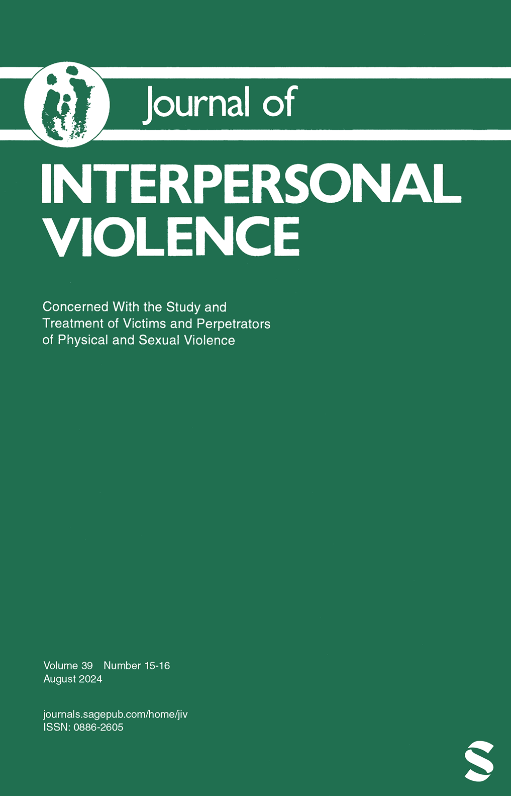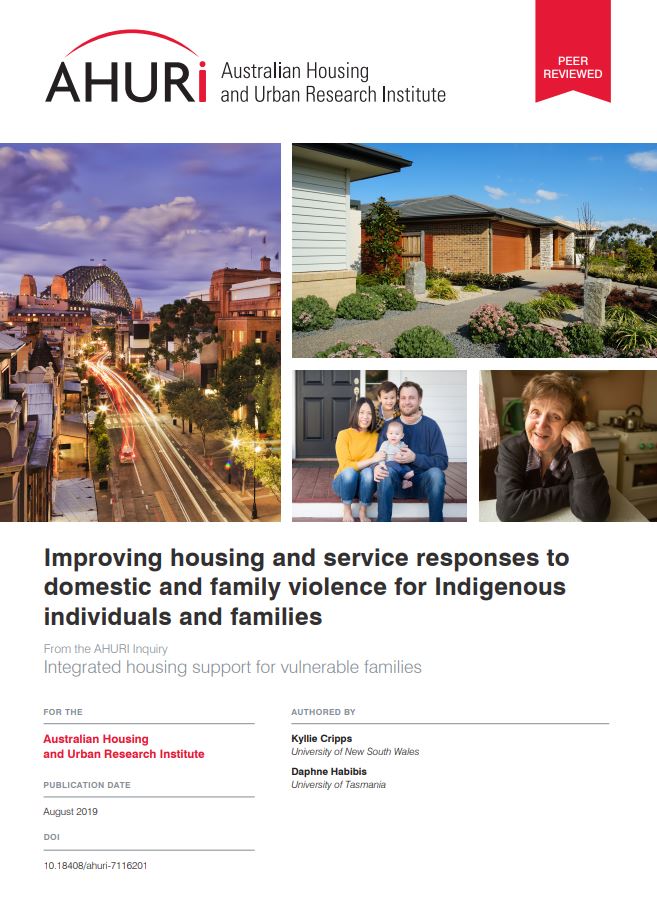Home Domestic and Family Violence
Domestic and Family Violence
- Research
This Handbook of Practice aims to develop a framework to address gender-based violence with a trauma-informed lens, and with a particular focus on access to justice.
- Research
Few studies have examined the interplay between IPV, homelessness, and housing. Qualitative methods can provide a greater understanding of the lived experience of IPV and homelessness to identify potential solutions.
- Research
This paper explores the results of a study conducted in collaboration with the homelessness sector in central London and an academic team. The results highlight the presence of a high-cost, high-risk population of women who are characterised by sustained and recurrent experience of homelessness, housing exclusion, and deprivation and who make repeated and sustained use of homelessness and other services without escaping homelessness.
- Research
This integrative review summarises original research that explores women’s experiences of escaping domestic violence to achieve safe housing.
- Research
The ACMS report provides an overview of the background and methodology of the Australian Child Maltreatment Study including approach to instrument adaptation and refinement and overall methodology. The report ends with a series of 8 key recommendations.
- Research
“By building more social housing, the federal government can inject billions of dollars into our economy, create tens of thousands of jobs and prove it is serious about helping victims of domestic and family violence.”
- Research
People with limited physical and economic access to the quantity and quality of food they need to live an active…
- Research
This AHURI study investigated the needs of Indigenous women and children who are severely over-represented in rates of domestic and family violence (DFV).








